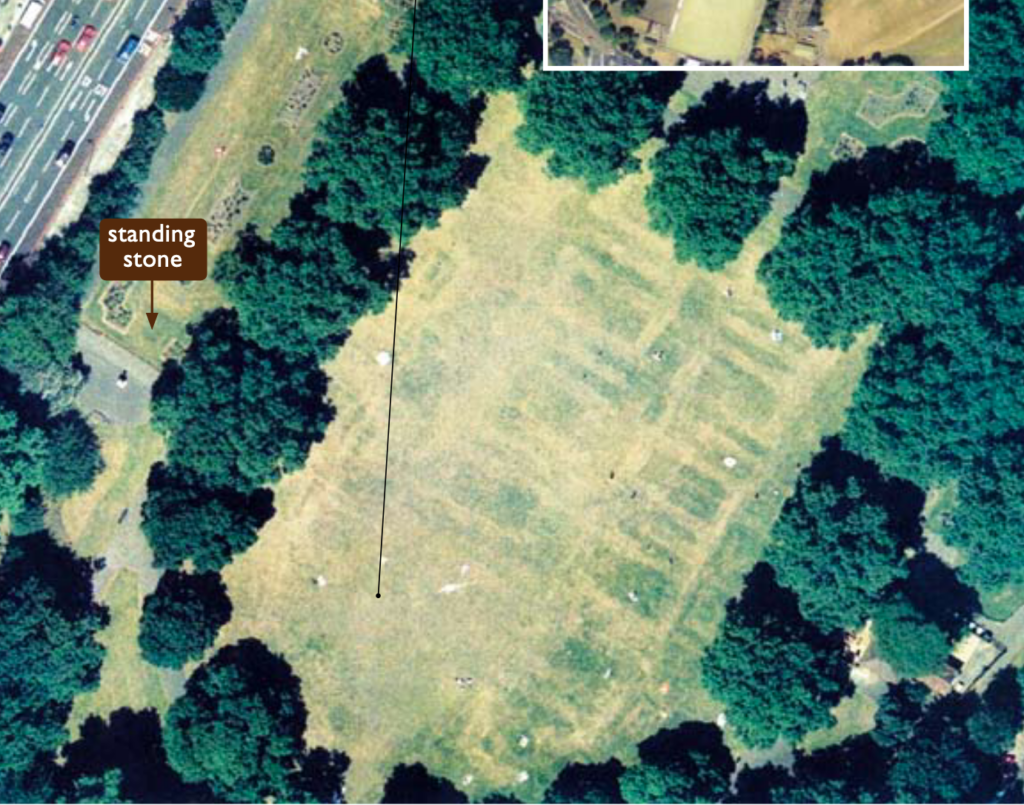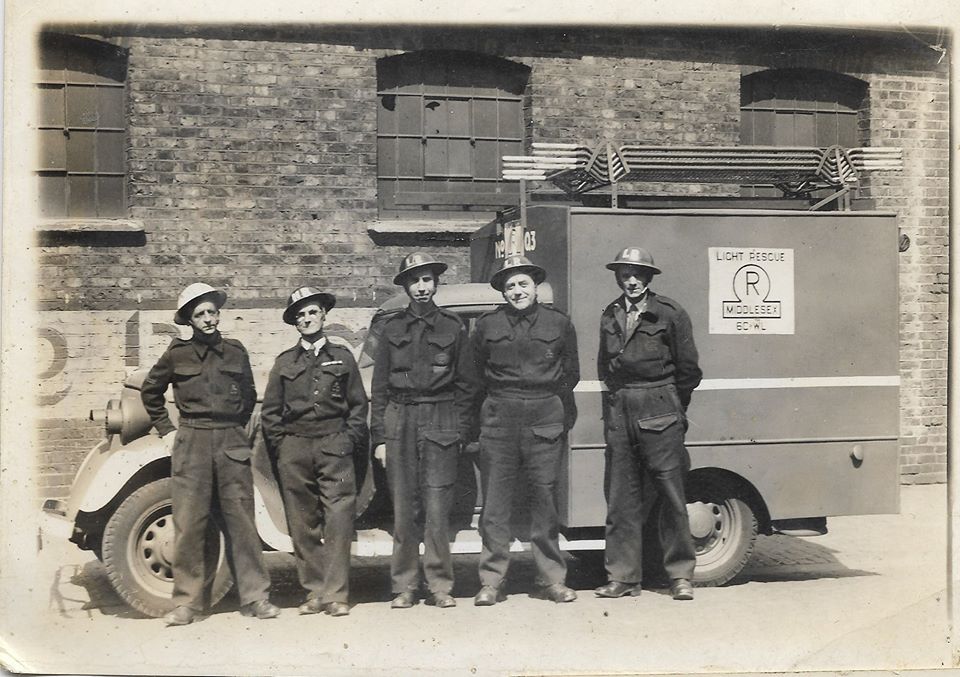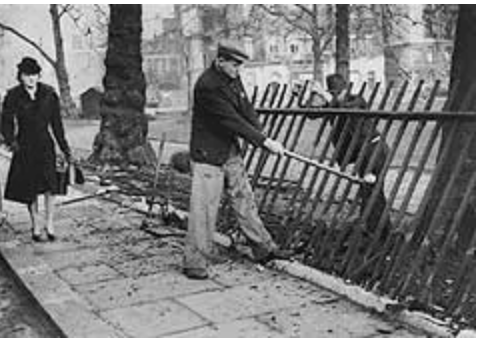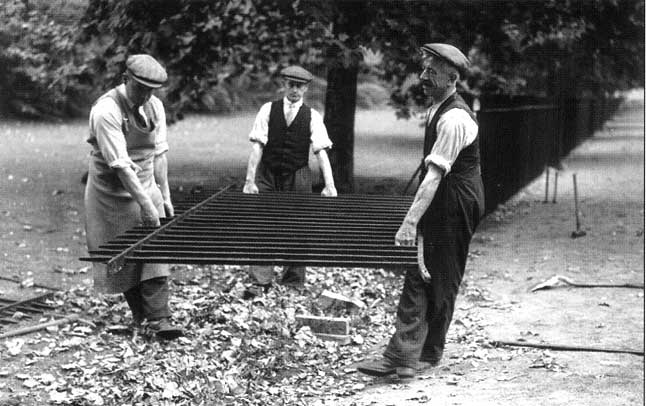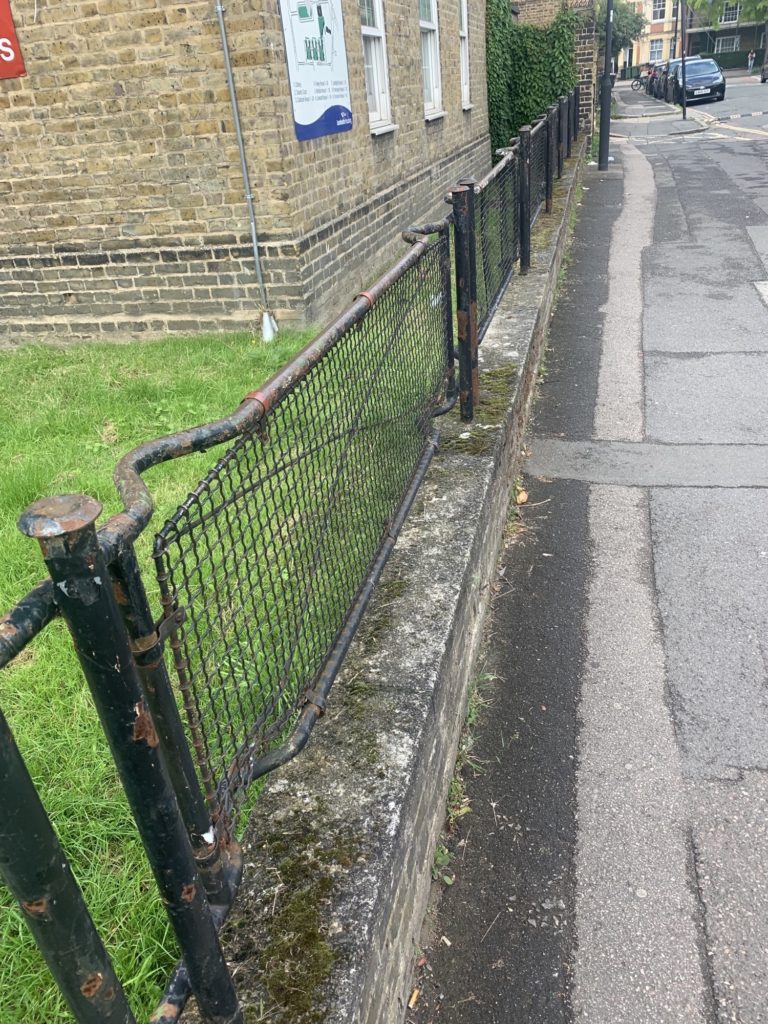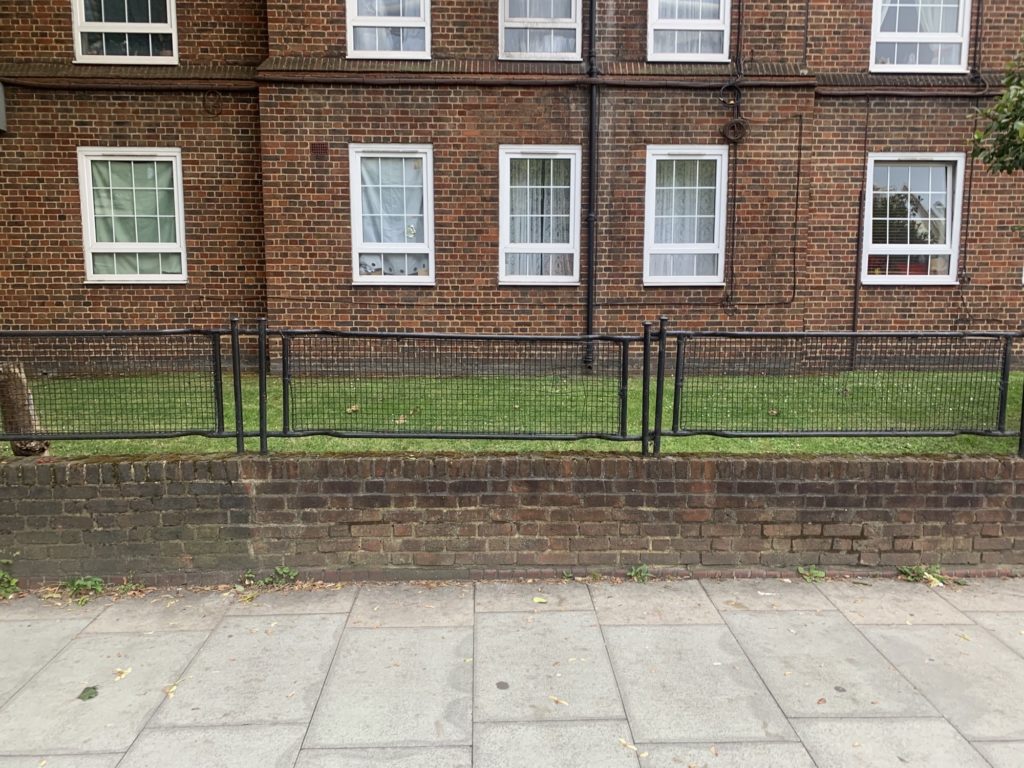From the archives, the fifth of our month of best history posts
We often take for granted living in a society that is peaceful, calm and free of external threat. We’ve all felt vulnerable over the past two years but we also have a great deal to be grateful for. Before we get ensconced in Christmas revelry, we want to share with you a nearly forgotten tragedy that happened in Kennington Park 81 years ago.
At the outbreak of WW2, as now, most of us were vulnerable to events that were beyond our control. To address this, air raid shelters were constructed in Kennington, Vauxhall and Archbishop’s parks for people who were caught in their flats or couldn’t make it into a tube station. In reality these were hastily constructed trenches made of thin concrete slabs. While they were considered ‘bolt holes’ for people caught in the open, often folks had to seek shelter there for upwards of 12 hours.

At 20:05 on 15 October, 1940 part of the Kennington Park shelter suffered a direct hit from a 50lb. bomb. A survivor from a nearby trench recalls the roof being lifted off followed by an eerie silence. Local rescue workers laboured desperately in what must have been extremely precarious circumstances to recover as many survivors and bodies as possible, but erosion and mud make their task insurmountable. No official death toll was announced at the time but the figure is now believed to be 104 fatalities. 50 bodies were recovered and this remains the official death count. Most of them were buried in Lambeth Cemetery; the remainder still lie, unidentified, beneath the park.
As you can imagine, the government didn’t want to impact this and other civilian disasters for fear that it would adversely affect wartime morale. In the years following the incident was largely forgotten until researchers began to put the pieces together from scant news reports and by speaking to survivors a few years ago. Today a stone with an inscription by Maya Angelou stands in the park as a poignant and subtle reminder of the tragedy. So when you next stroll through Kennington Park or have a kickabout, spare a thought for your fellow, former Kenningtonians and just how much we have to be grateful for today in spite of external threats.
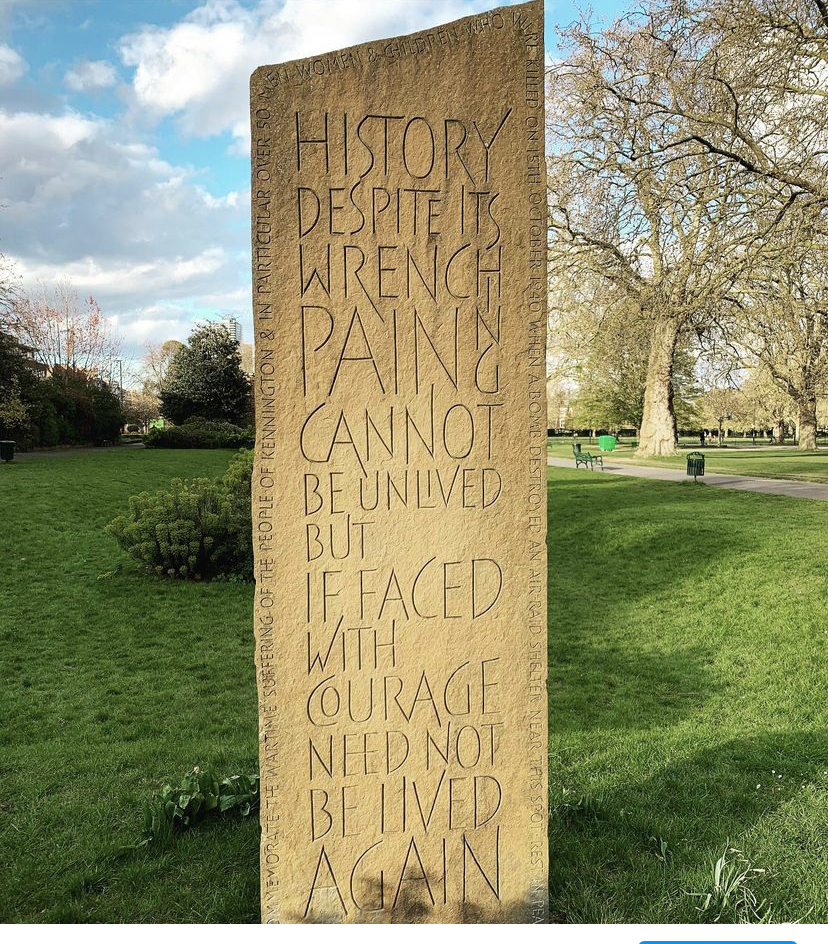
From the aerial shot below of the south field in Kennington Park you can still clearly see the outlines of the former trenches.
